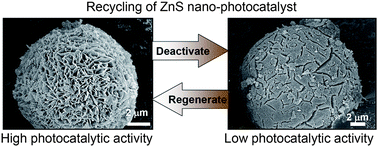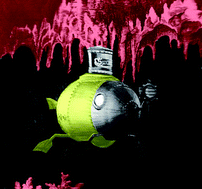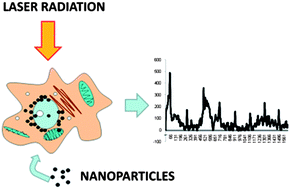Can street lights be replaced by trees? Scientists report in Nanoscale they believe they can by using gold nanoparticles.
Light emitting diodes are used in street and bicycle lights and have a higher efficiency than traditional light bulbs. Now Yen Hsun Su has synthesised gold nanoparticles shaped like sea urchins and diffused them into Bacopa caroliniana chloroplast which creates a bio-LED.
Chlorophyll shows bioluminescence upon high wavelength (400 nm) ultra violet excitation. In contrast, the gold nanoparticles are excited at shorter wavelengths and emit at 400 nm. By implanting the nanoparticles in the plants, the chlorophyll in the leaves can be induced to produce a red emission.
In addition, the nanoparticles were able to suppress emission blinking – a known problem for gold nanoparticles –as they have a strong surface plasmon resonance. Su says that this bio-LED could be used to make roadside trees luminescent at night once the efficiency is improved and are also planning to apply the same strategy to other plant biomolecules.
Read this exciting paper today for free:
Influence of surface plasmon resonance on the emission intermittency of photoluminescence from gold nano-sea-urchins
Y. H. Su, S.-L. Tu, S.-W. Tseng, Y.-C. Chang, S.-H. Chang and W.-M. Zhang, Nanoscale, 2010
DOI: 10.1039/C0NR00330A











 Managing Editor, Philip Earis, will be at the ACS Fall 2010 National Meeting and Exposition in Boston.
Managing Editor, Philip Earis, will be at the ACS Fall 2010 National Meeting and Exposition in Boston. 


